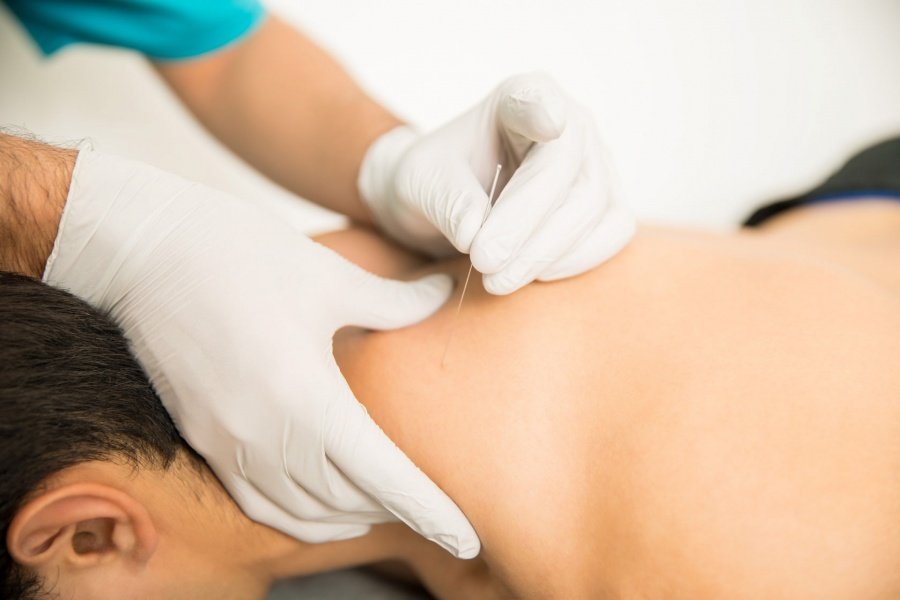Dry Needling therapy – Intra Muscular Dry Needling also known as Myofascial Trigger Point Dry Needling, is a technique which targets the trigger points in the myofascia & helps in reducing the localized & referred pain.
Dry Needling- What is the treatment all about?
Dry needling can be described as a technique that involves the use of sterile and thin filament needle which is inserted into your muscle to help reduce pain and enhance function by releasing myofascial trigger points.
How does Dry Needling help?
Dry needling helps reduce muscular pain and improve function by restoring the natural ability of the muscle to expand and contract by liberating myofascial trigger points. It also enhances the normal physiological pain recovery mechanism by release of hormones such as serotonin.
Conditions can be treated with dry needling technique?
- Muscle spasm
- Frozen shoulder
- Tennis elbow
- Fibromyalgia
- Sciatica
- Hip pain
- Knee pain
- Repetitive strain injuries
- Low back pain
- Capsular tightness
- On-field injury
- Ankle sprain
When do dry needling therapists recommend Dry Needling Treatment?
- To aid pain management
- To promote local healing
- To release muscle knots(myofascial trigger points)
- Restore joint movement in case it is constrained by myofascial trigger points.
How does it feel while undergoing Dry Needling Treatment?
During Dry Needling by a Physical Therapist, you may encounter a mild sensation when the needle is inserted and withdrawn. Generally, no discomfort is reported by patients during needle manipulation.
Is Dry Needling treatment safe?
We all are different and our body responds differently to different treatments and the same is applicable for dry needling treatment too.
Apart from the benefits of this treatment, you may encounter some side effects that may not be severe. You may encounter temporary side effects like soreness & fatigue of a muscle which will disappear in 5-6 hours of time period.
Is exercise recommended after Dry Needling?
Generally, the physical therapist recommends you avoid vigorous activities immediately after the treatment. As your body needs some time to recover post-treatment, you should not indulge in strenuous activities. However exercises can be started with the guidance of a physiotherapist 24 hours post needling.

